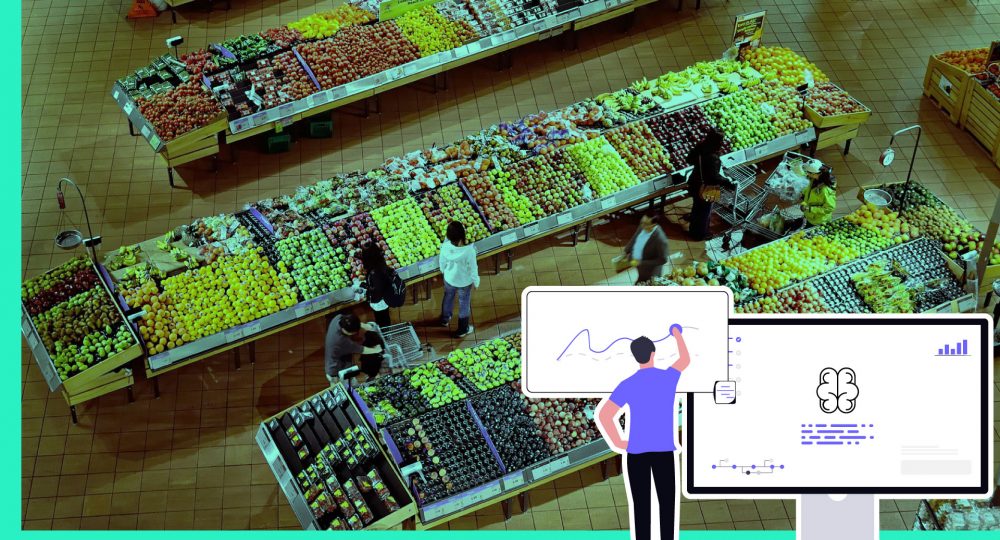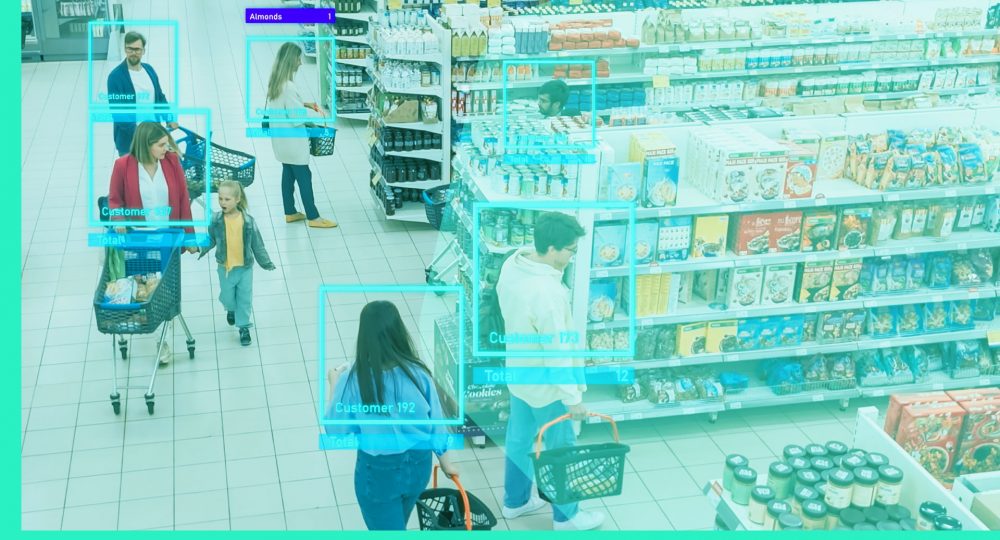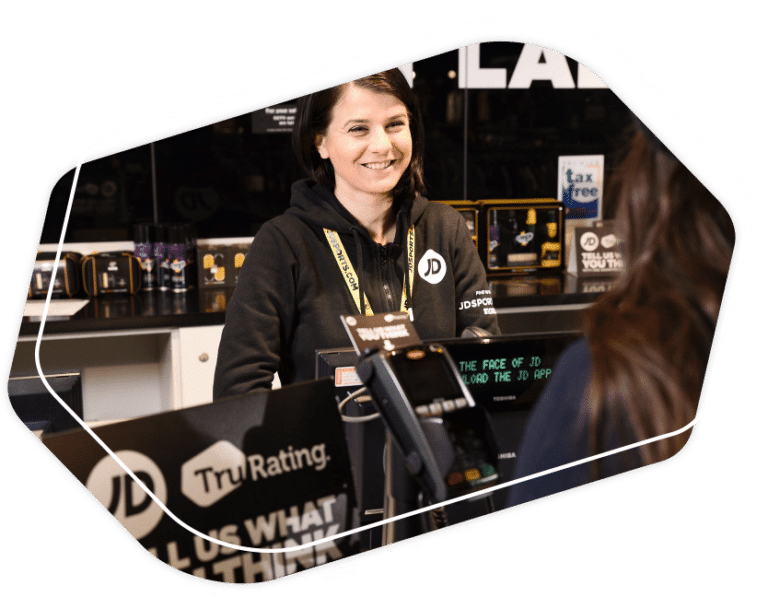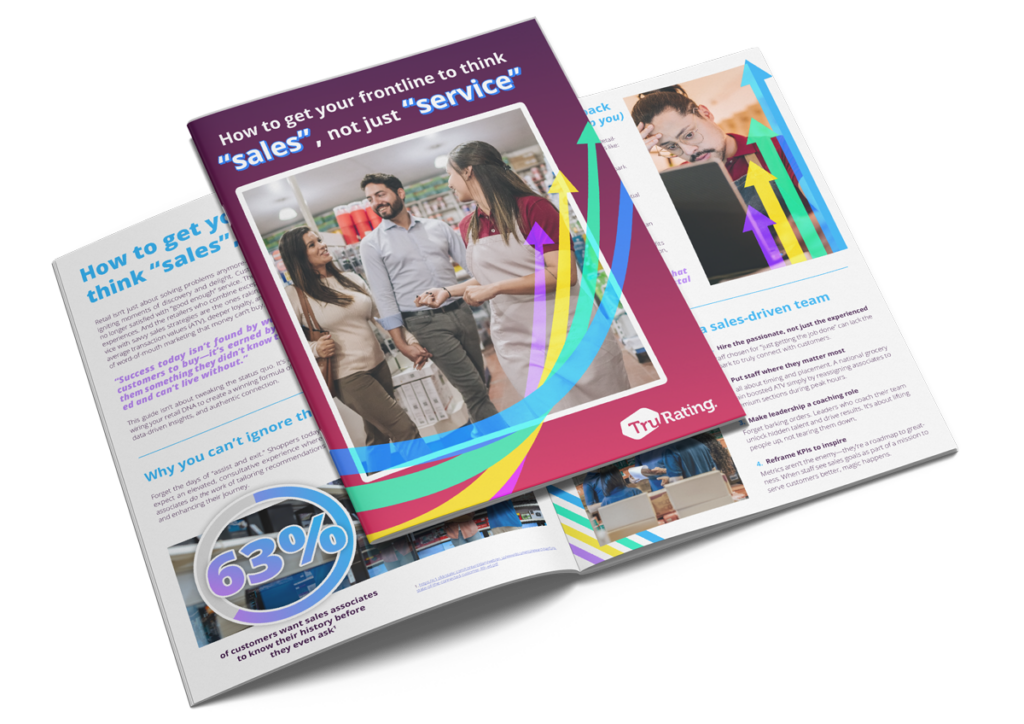Every retailer wants to convert more non-purchasers into purchasers. But for as long as there have been stores, how retailers understand non-shoppers has largely stayed the same – focus groups and surveys, repeated over and over again.
In a recent session with our Chief Data Officer, Gareth Johns, we looked at why conversion was on the minds of retailers, what’s wrong with current analysis, and how brands could do conversion analysis in a better way. In short, we looked at how retailers combine data analysis, effective staffing, and optimizing customer interactions.
What’s conversion, anyway?
At its core, conversion rates measure how many customers make a purchase after entering a store. A high conversion rate signals a successful sales process, but boosting it goes beyond merely attracting more foot traffic. It involves diving deep into customer behavior and fine-tuning in-store experiences. Here are some essential points to consider:
- Customer intent matters: not every customer walks in with the same mindset. Some are just browsing, while others are ready to buy.
- Leverage the data: using data to spot trends and areas for improvement is crucial for understanding what’s really happening in stores.
Here’s a few of the main talking points from the session…
1. The magic of comparative analysis
To truly improve conversion rates, retailers must recognize that each store operates in its unique context.
- Store comparisons: not all stores are created equal. A store’s location can heavily influence foot traffic and customer intent.
- High-traffic areas: stores in busy locations tend to attract more casual shoppers who may not have a strong intention to buy.
- Less busy locations: conversely, stores in quieter spots often attract customers who are more focused on making a purchase.
- Segment stores: instead of treating every location the same, retailers should segment stores based on their traffic patterns and other characteristics. This approach allows for more accurate comparisons and targeted strategies.
2. Staffing: the secret sauce
There’s a critical link between staffing levels and conversion rates:
- Staff-to-customer ratios: analyzing the ratio of staff hours to customer numbers can reveal whether stores are adequately staffed to meet customer needs.
- Understaffed stores: if staff members are stretched too thin, they may struggle to greet customers or make recommendations, ultimately impacting sales.
- Optimal staffing levels: ensuring the right number of staff are available can significantly enhance the customer experience and boost conversion rates.
3. Key steps in the customer journey
To truly optimize conversion rates, retailers should focus on the essential stages of the customer service process:
- Greeting: a warm welcome can set a positive tone from the start.
- Understanding needs: asking the right questions to gauge customer needs helps engage them effectively.
- Making recommendations: staff should confidently suggest products based on customer inquiries.
- Closing the deal: mastering effective closing techniques increases the likelihood of a successful sale.
By analyzing performance at each stage of this customer journey, retailers can pinpoint where improvements are needed.
4. Insights for grocery retail
During the masterclass, we also touched on the unique challenges faced in grocery retail:
- Shopping patterns: most grocery customers usually leave with something, but the goal is to increase the size of their baskets.
- Stock availability: keeping popular items in stock and maintaining an organized store can encourage customers to explore more aisles.
- Loyalty at stake: if customers can’t find what they need, they might start splitting their shopping between stores, impacting long-term loyalty.
5. The feedback loop is key
Creating a robust feedback loop is essential for ongoing improvement. By analyzing customer interactions and tracking performance metrics, retailers can make informed decisions about staffing, training, and operational adjustments.
Want more on conversion analysis? Check out the full masterclass:












